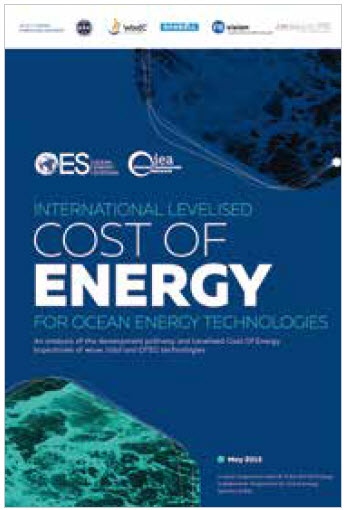Task 7 - Cost of Energy Assessment for Wave, Tidal and OTEC
|
MAJOR ACHIEVEMENTS This project has contributed significantly to the state of the art in knowledge of LCOE and cost reduction trajectories for Wave, Tidal Stream, and OTEC on an international level. Industry consultation has allowed the development of revised cost models for all the technologies considered, producing revised expectations on the development trajectory for each technology. Some similarities exist among the technologies considered. |
PROJECT COORDINATOR
FURTHER INFORMATION |
|
|
Current LCOE values are very high for wave, tidal and OTEC technologies in comparison to the incumbent power generation technologies, leading to significant cost-reduction requirements in order to become competitive. Although progress has been demonstrated to date, the level of progress is not on par with expectations. The rate of deployment has been significantly slower than anticipated by some investors and policymakers. At this stage in the development of each technology, the best available data comes from pilot projects. In conjunction with a simplified cost model, as used within this approach, the uncertainty level was expected to be in the region of ±30%, consistent with studies in other technologies both within and outside of the energy sector. There were also a number of differences between the technologies that were clear within this study. Wave energy sector development lags that of tidal stream energy, and there is an identified lack of fundamental performance and operational data to validate the early stage projections made by wave energy technology developers. |
 |
The challenges for each sector are clear. Demonstrable progress in reliable unit operation is required in order to verify and validate the cost projections that have been made within this report. High costs are intrinsic to the early stage development of technology, but clear evidence of progression down the cost curve is needed in order to restore confidence in the ability of each sector to deliver the targets that have been set. The outputs of this work have resulted in the generation of all input data required for the TIMES regional modelling, carried out by the IEA within their Energy Technology Perspectives document. By making a clear distinction among wave, tidal and OTEC technologies, the relevant parameters for each technology can allow for a more robust piece of modelling work that more truly reflects the diverse nature of these very different ocean energy technologies.



